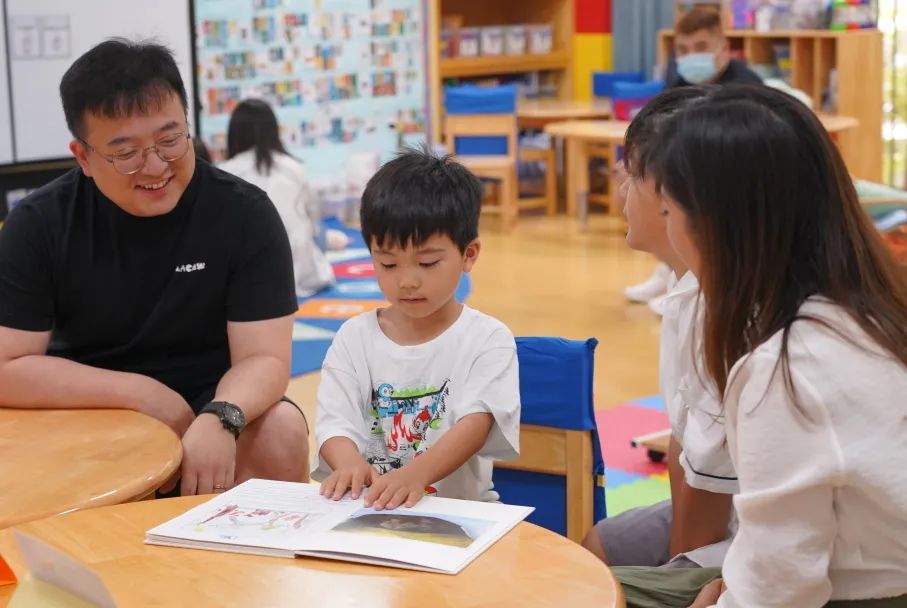Individuals and Societies(I&S) takes up about 12% of students' academic time.
In I&S, we try to build knowledge and understanding, investigation skills, communication skills and critical thinking skills. In most units, we go through a cycle of building knowledge around a subject, then the students choose something to investigate and follow a research cycle, in which they decide what they are going to study or investigate.
After that, they build and follow an action plan to further their time management. The students collect all their research in a systematic way for them to communicate their findings in a real project (a speech, a paper or a website etc). At last reflection, it is important to reflect on how the research went and then build a plan for improvement in the future.
Connection from LMYP to UMYP to DP
In lower MYP grade 6 through 8, we try to build their skills strongly by focusing on ATLs.
We use time management and effective notetaking, which helps students build organizational skills that they must have.
The first time when students started their I&S style research was PYPX, when they were in grade five. I always tell my students that every time a unit in Grade 6 is like doing a PYPX. Repeatedly, students follow that same process as they do in MYP through the years.
By the time they get to grade nine, students need to complete a community project that requires all the organisation skills and communication skills that we've been building in I&S. Then in Grade 10, they will have the personal project when they could utilize all their skills and experience.
Further in DP, students will engage in more of their own interests and investigations and communications about their learning in their knowledge and essays. Certainly I&S always feeds into the spirit of IB and the knowledge building and creating the lifelong learner from an intrinsic motivation standpoint.




